Comparing Lists with Compare-Object. Another common way of using Compare-Object is to compare two lists. A list is similar to an array, but it is not stored in a specific order. PowerShell's Compare-Object can compare two lists and identify the items that are missing, added, or changed. Just like arrays, you can compare two lists:. The Compare-Object cmdlet compares two sets of objects. One set of objects is the reference, and the other set of objects is the difference. Compare-Object checks for available methods of comparing a whole object. If it can't find a suitable method, it calls the ToString() methods of the input objects and compares the string results. You can provide one or more properties to be used for.

Compare Length of Objects Worksheets for Grade I Kidpid
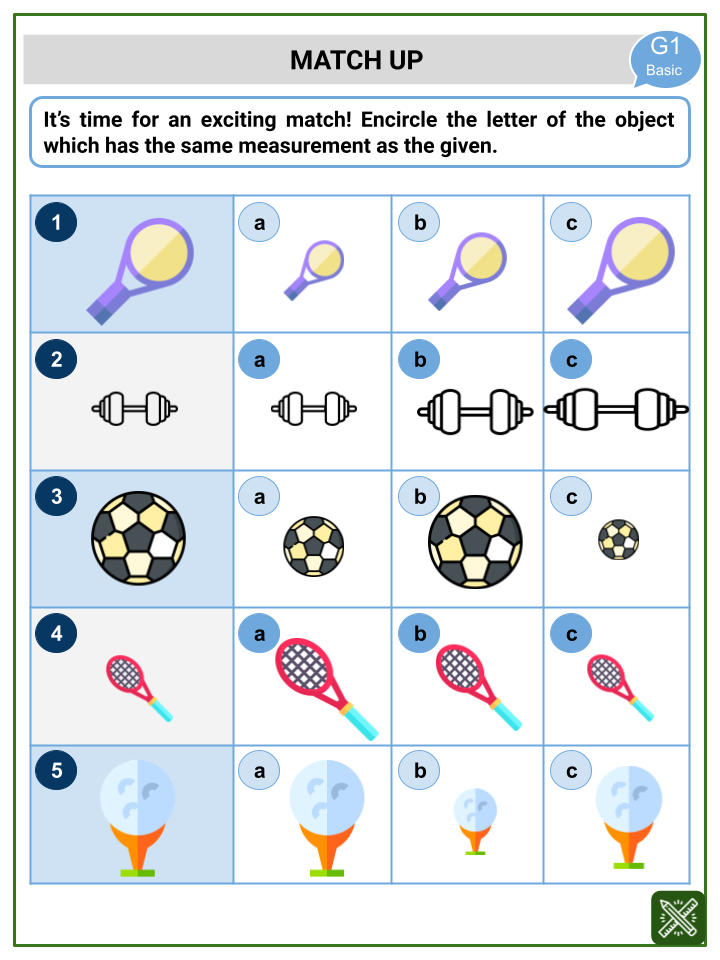
Comparing Objects Using Their Sizes Themed Math Worksheets
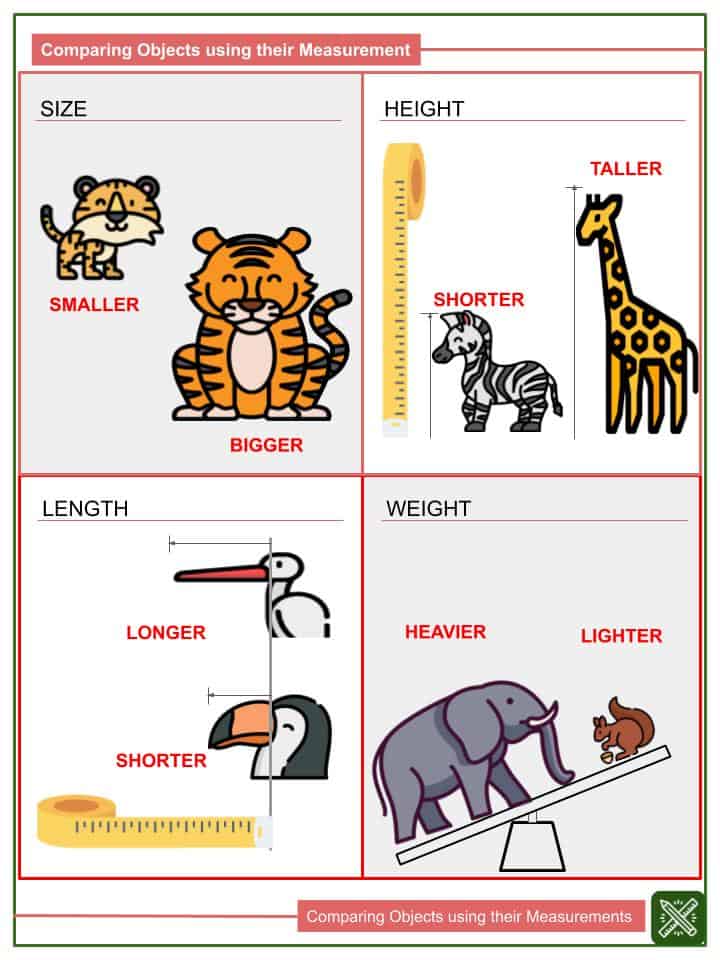
Comparing Objects using their Measurements Worksheets Helping With Math
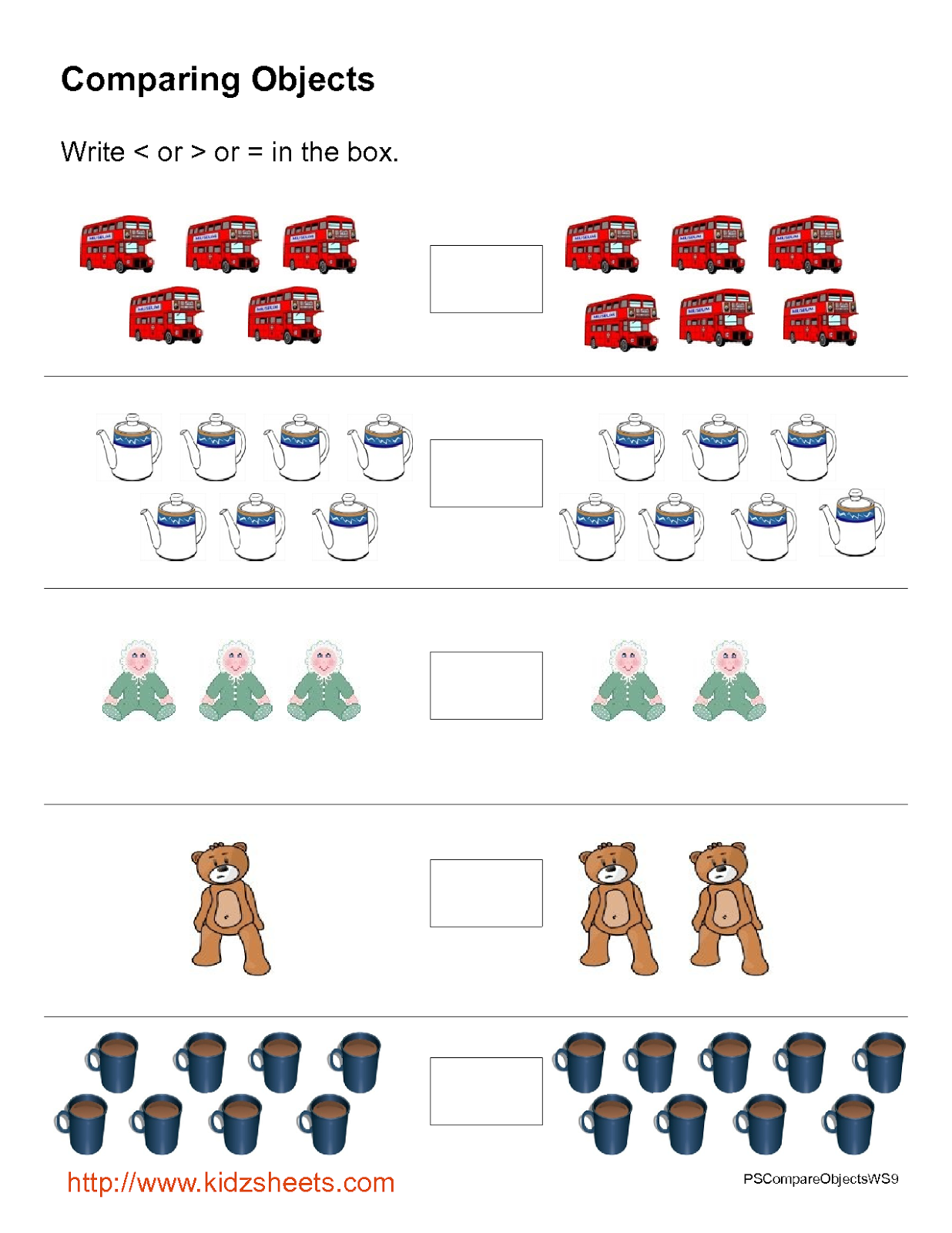
Comparing Objects Kindergarten Kindergarten

Lesson Video Comparing Groups of Objects Equal Nagwa
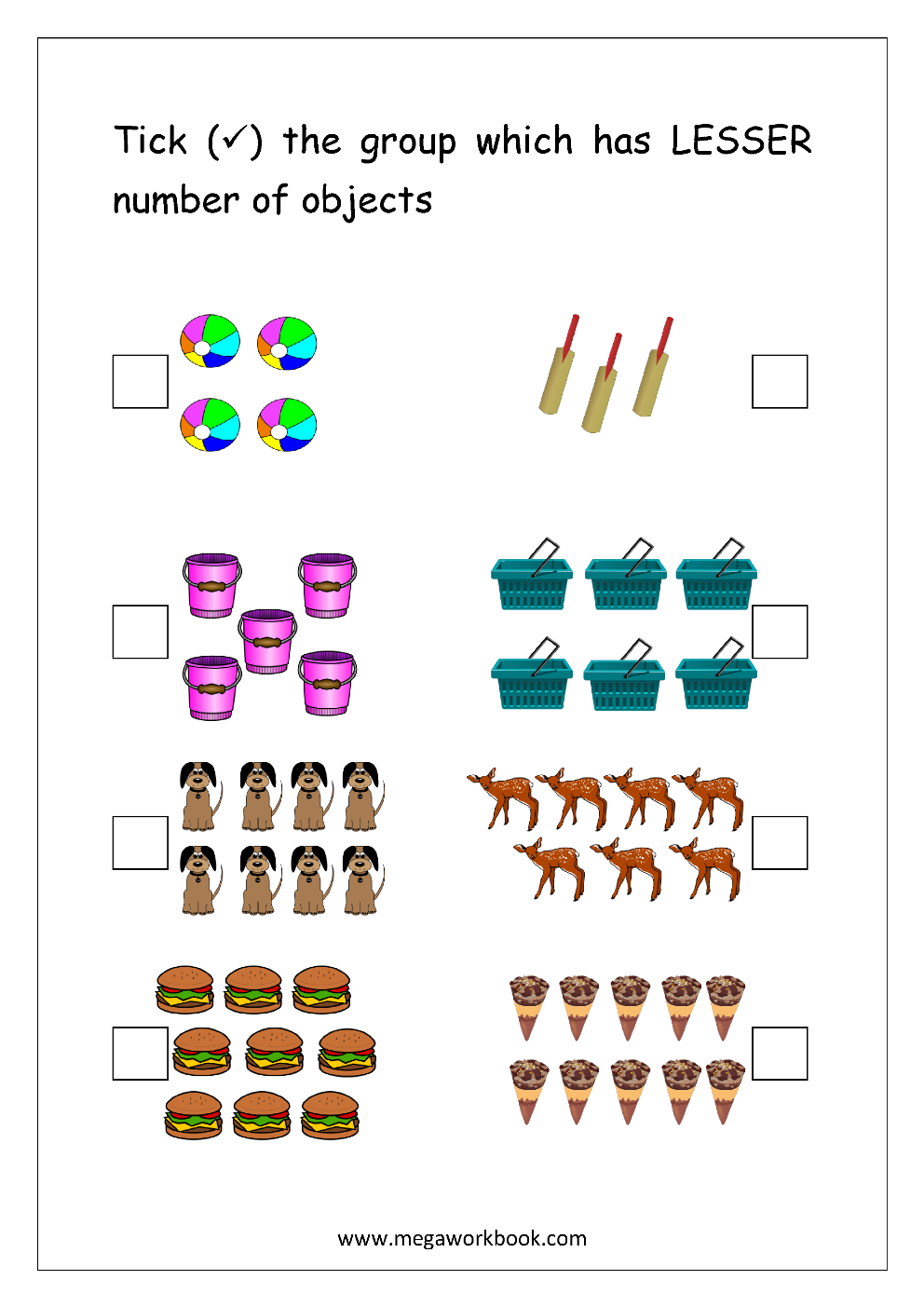
Comparing Objects Kindergarten Kindergarten
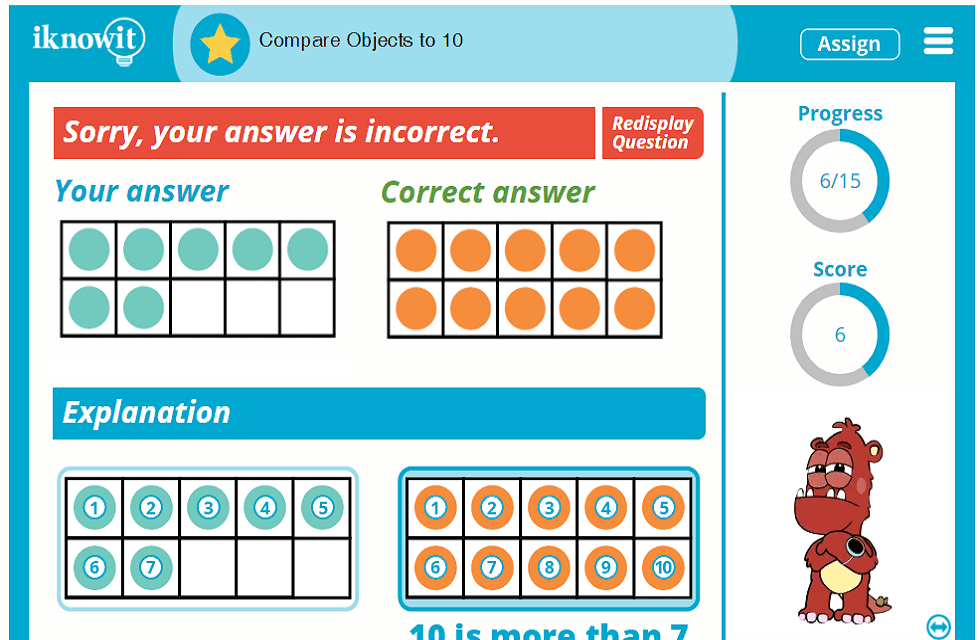
Interactive Math Lesson Compare Objects to 10
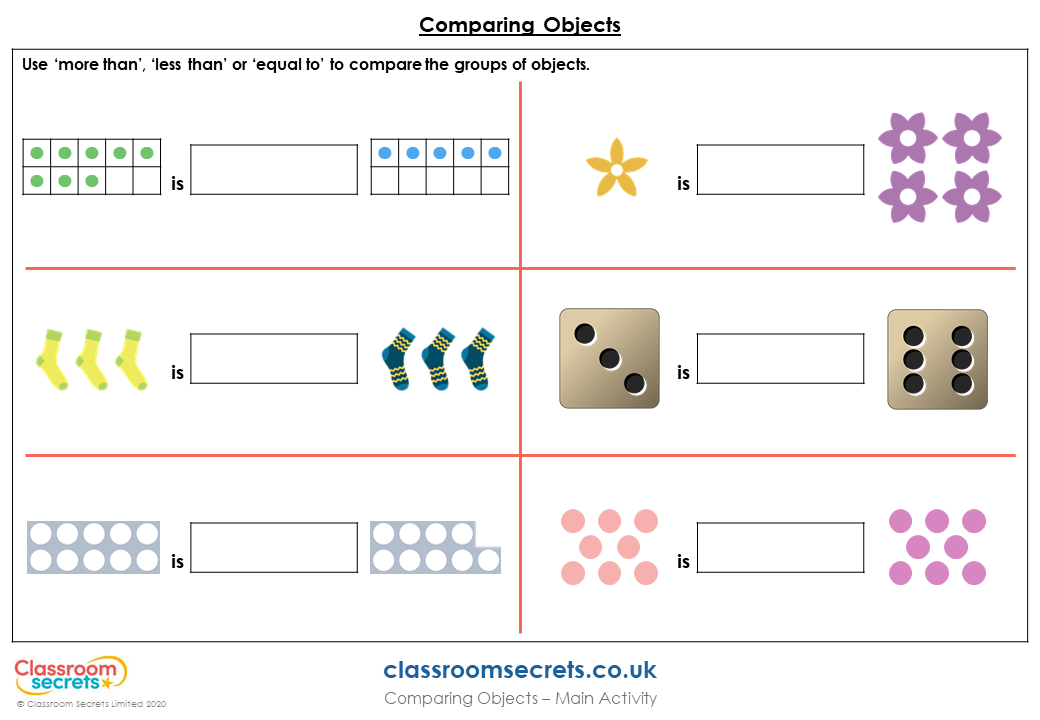
Year 1 Comparing Objects Lesson Classroom Secrets Classroom Secrets
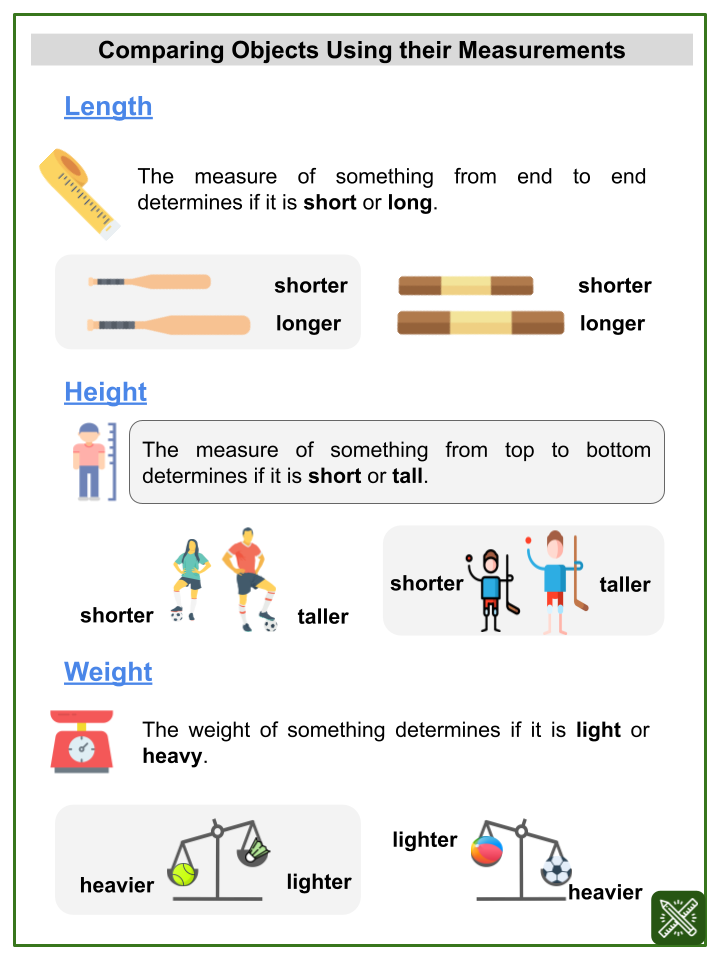
Comparing Objects Using Their Sizes Themed Math Worksheets
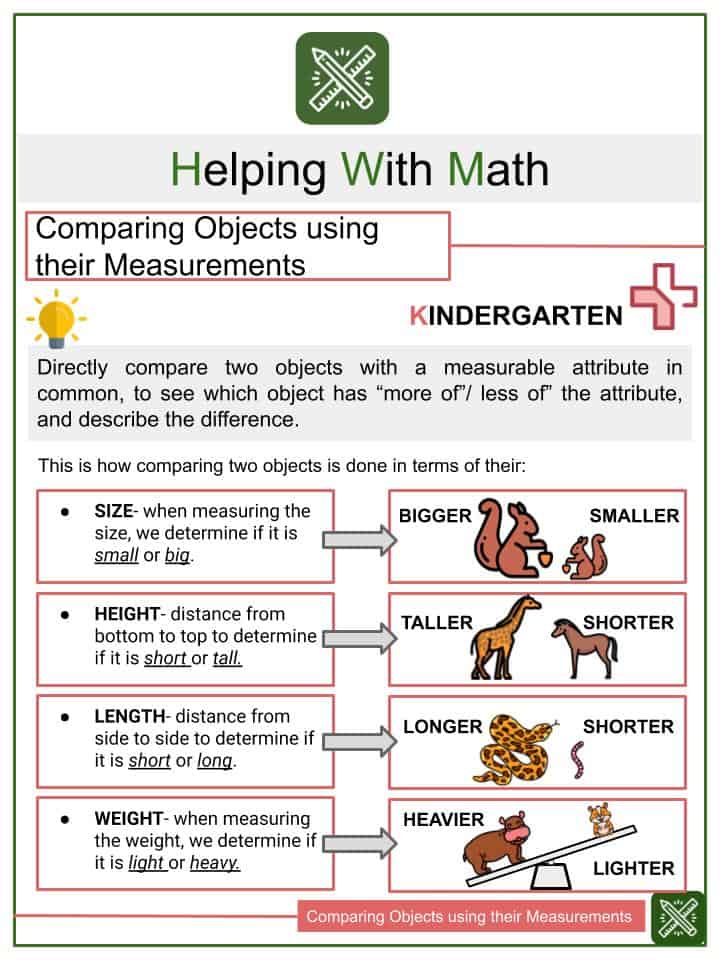
Comparing Objects using their Measurements Kindergarten Math Worksheets Helping with Math
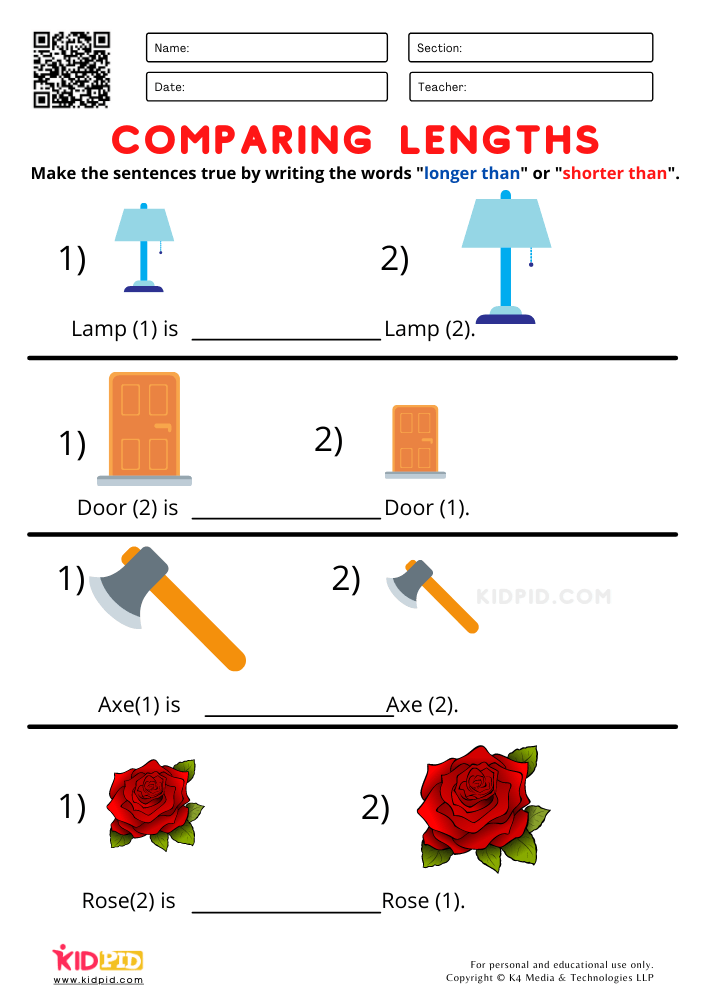
Compare Length of Objects Worksheets for Grade I Kidpid

C Comparing object properties in c YouTube

Compare Length of Objects Worksheets for Grade I Kidpid
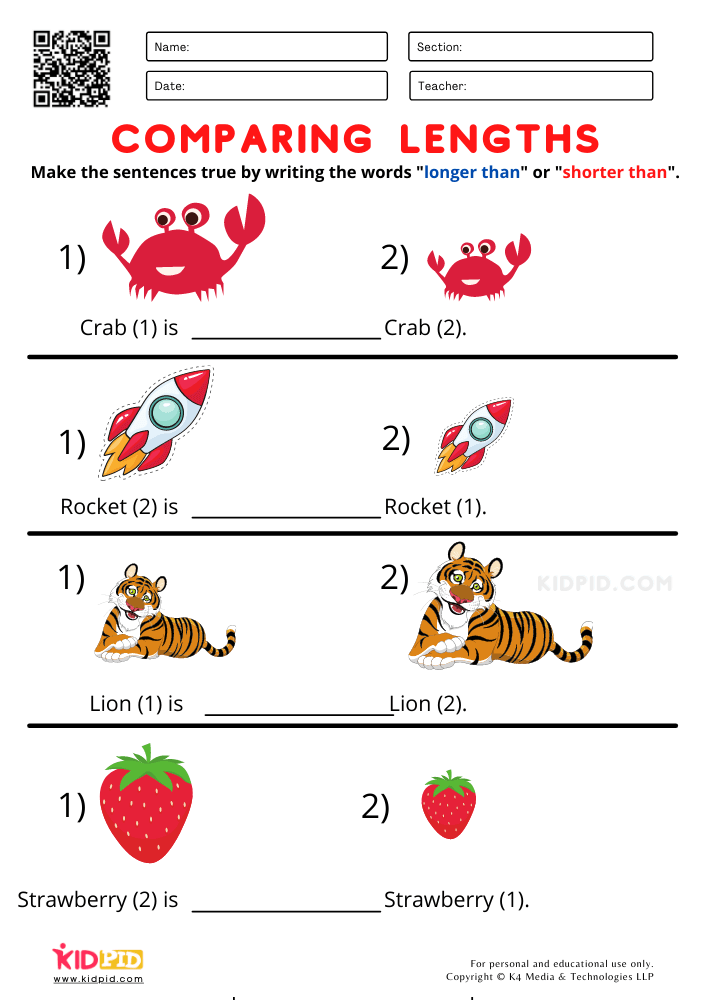
Compare Length of Objects Worksheets for Grade I Kidpid
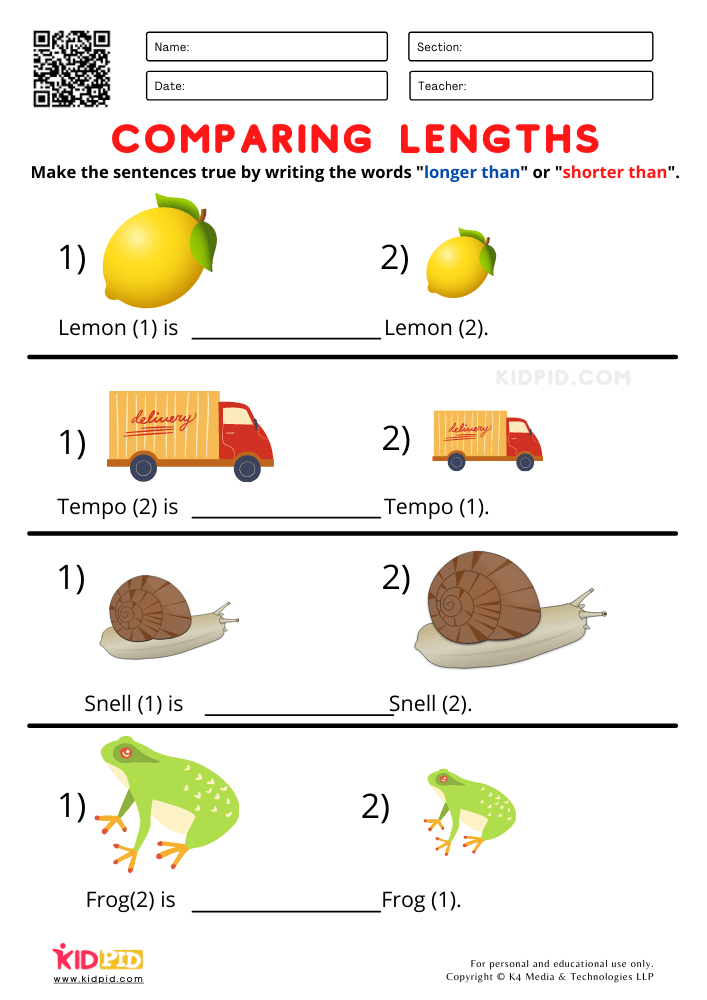
Compare Length of Objects Worksheets for Grade I Kidpid
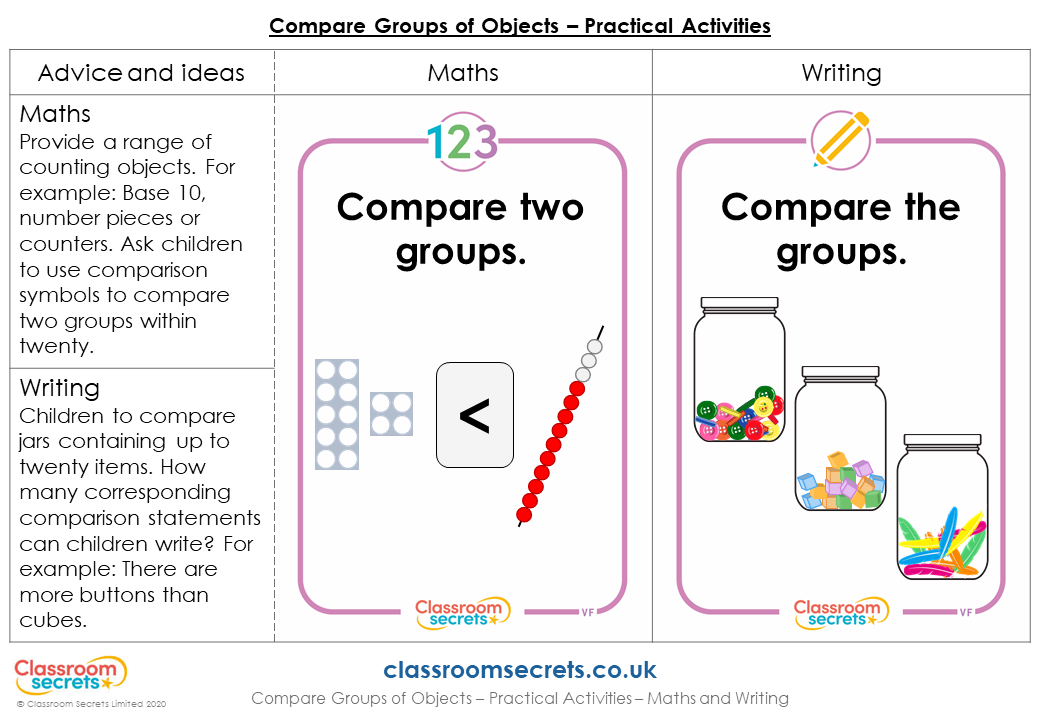
Year 1 Compare Groups of Objects Lesson Classroom Secrets Classroom Secrets
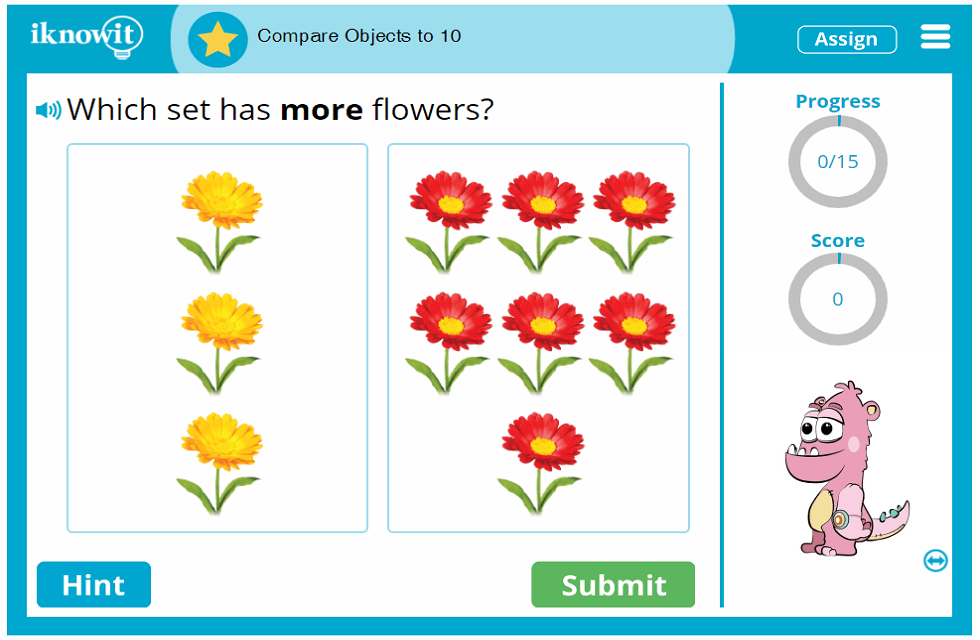
Interactive Math Lesson Compare Objects to 10

Comparing Object Lengths Worksheet by Teach Simple

Comparing Objects Year 2 Teaching Resources
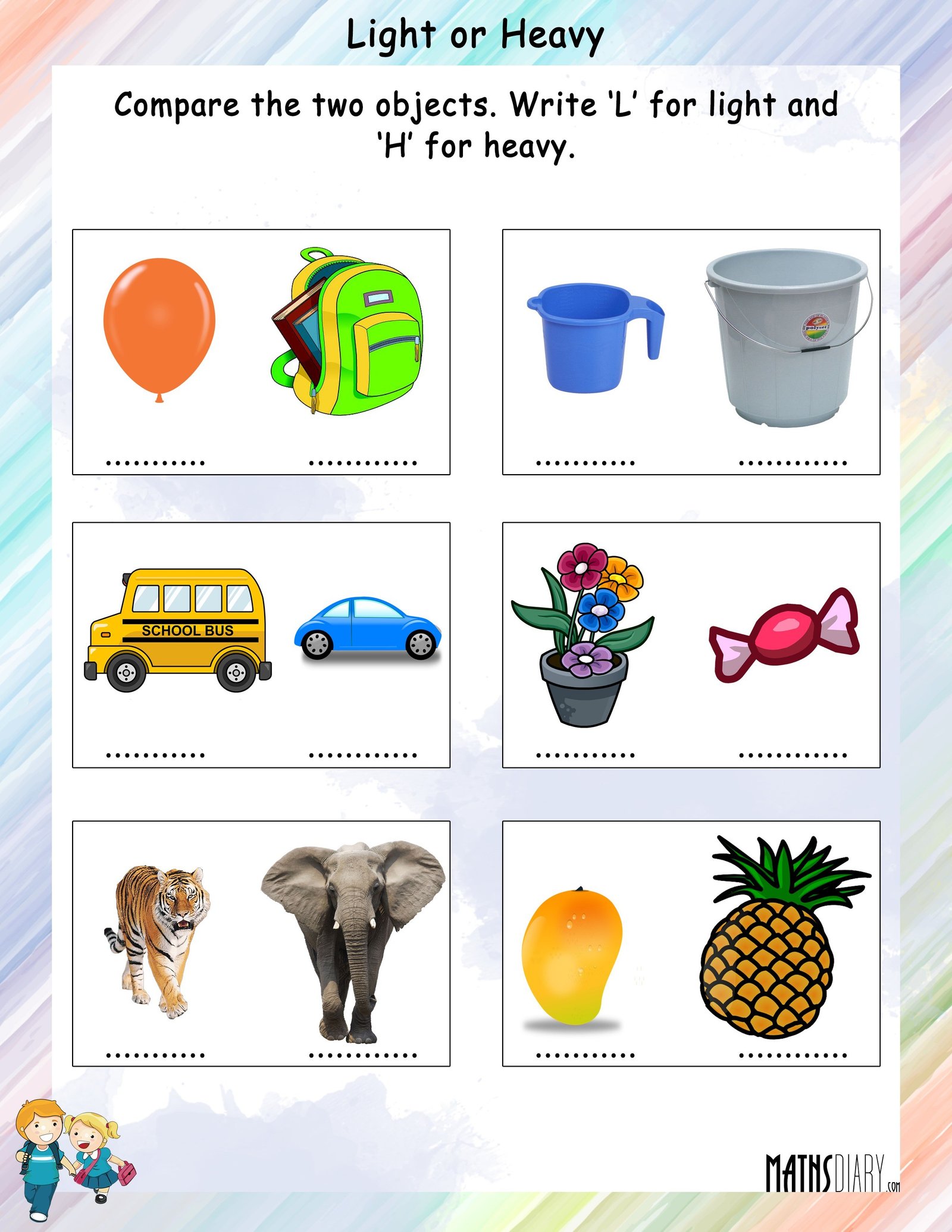
Comparing Objects Worksheets For Grade 1
Introduction. It is quite a common situation when complex objects need to be compared. Sometimes, objects can contain nested elements, or some members should be excluded from the comparison (like auto-generated identifiers, create/update date, etc.), or some members can have custom comparison rules (same data in different formats, like phone numbers).. I'm not sure about the available C#/Linq methods. From an algorithmic point of view, you could sort both lists (usually O(n*log(n))). Then you just need to scan through the lists (linear, aka O(m+n) where m is the number of elements in list 1 and n the number of elements in list 2). Assuming list 1 is the longer list, the total complexity is O.